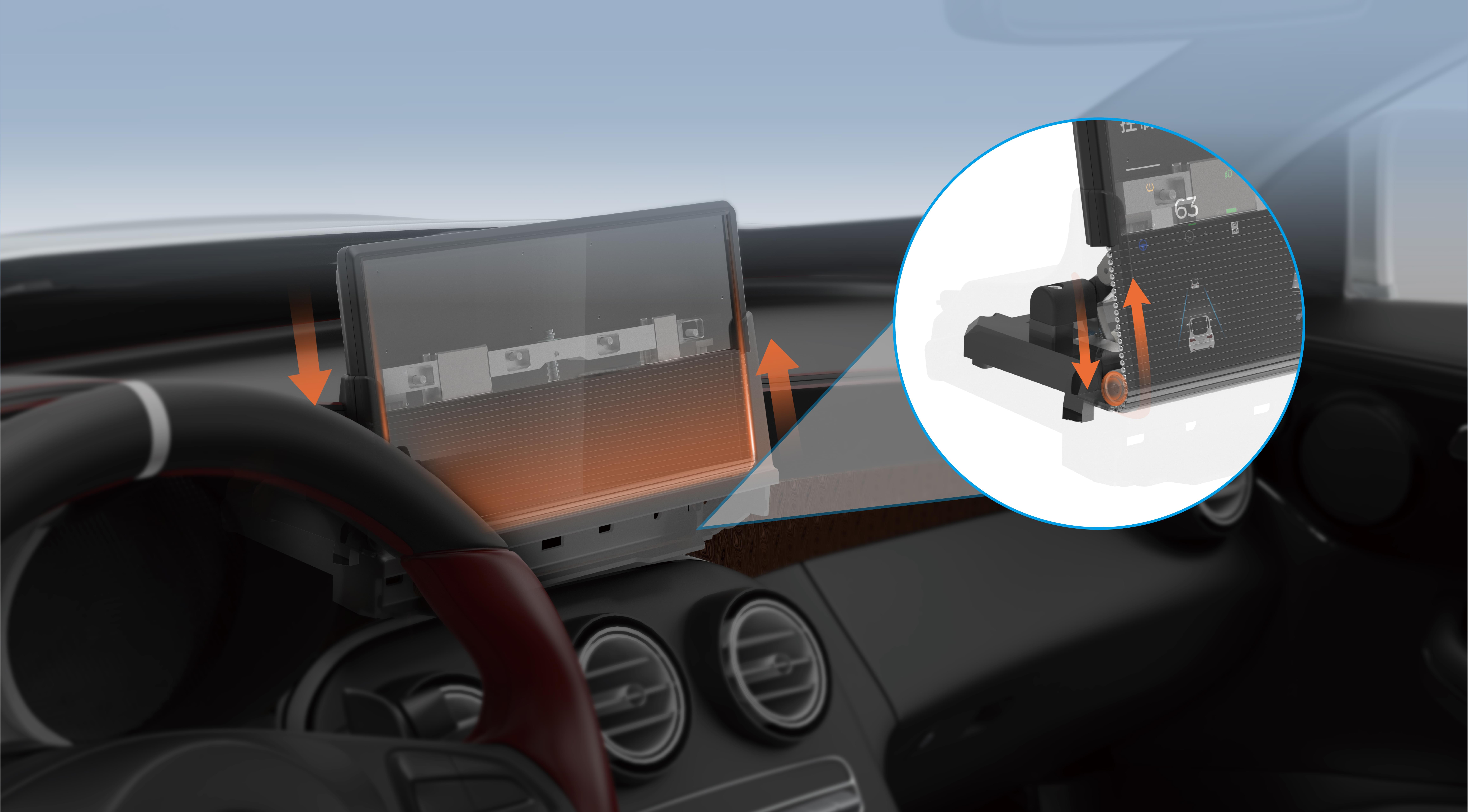Unlocking Precision: How CNC Servo Motor Encoders Elevate Modern Manufacturing
In the rapidly evolving world of manufacturing, the quest for perfection isn’t just a goal—it's an expectation. As industrial processes become more sophisticated and demand tighter tolerances, the importance of high-precision motion control components grows exponentially. At the heart of this technological revolution lies an unsung hero: the CNC servo motor encoder.

Understanding the basics: What is a CNC servo motor encoder?
A CNC (Computer Numerical Control) servo motor encoder is a critical device integrated within servo motor systems. Its primary function is to convert the mechanical position or speed of the motor shaft into an electrical signal that the control system can interpret. This feedback loop is vital for ensuring the motor operates accurately according to the command inputs from the CNC controller.
Imagine the encoder as the sensory organ of the servo motor—constantly reading the motor’s movement, then relaying precise data to enable real-time adjustments. With this continuous feedback, the system can correct for any deviations, ensuring that the machine's movements are exact, synchronized, and repeatable.
The anatomy of a CNC servo motor encoder
A typical encoder consists of two main types: incremental and absolute. Both serve unique purposes, but instantly increase the motor’s ability to achieve high-precision control.
Incremental Encoders: These generate signals based on changes in position, effectively counting pulses as the motor moves. They are excellent for applications that require relative positioning and speed measurement.
Absolute Encoders: These provide a unique position value even when the power is cycled. So, no matter how many times the machine is turned off and on, the position data remains accurate, offering unmatched reliability for critical operations.
Encoders themselves comprise a rotor (or code wheel) and stator (or sensor array). As the motor shaft turns, the rotor's pattern interacts with the sensors to produce electrical signals representing position and speed. Modern encoders utilize optical, magnetic, and even capacitive sensing methods, each with its own strengths tailored for specific applications.
Why are CNC servo motor encoders essential?
At their core, CNC machines are designed for precision—be it milling, turning, drilling, or complex 3D carving. Over the decades, the integration of high-resolution encoders has made this possible by enabling the servo motors to perform micro-adjustments in real-time.
In practical terms, these encoders:
Enhance positional accuracy: Even a tiny discrepancy can compromise the quality of machined parts, especially in aerospace, medical device manufacturing, and high-precision tooling. Improve repeatability: For mass production, ensuring each product is consistent isn't just a bonus; it's a necessity. Increase efficiency: Precise feedback allows for smoother operations, reducing downtime and tool wear.
The technological evolution of CNC servo encoders
The journey of encoder technology has been remarkable. Early systems relied on simple resolvers or contact-based mechanisms, which offered limited resolution and durability. Today, optical encoders with resolutions exceeding hundreds of thousands of pulses per revolution (PPR) are now standard.
Industrial impact: driving automation forward
Manufacturers are continually raising the bar for speed and precision. High-resolution encoders contribute significantly to these advancements by enabling CNC systems to handle complex geometries and tight tolerances with minimal human intervention. The result? Faster production cycles, fewer errors, and higher-quality outputs.
Challenges and innovations
While encoders are pivotal, they also face challenges—such as susceptibility to dirt, vibration, or electromagnetic interference. Responding to this, manufacturers innovate with sealed optical encoders, magnetic encoders resistant to harsh environments, and advanced signal processing algorithms to filter noise.
In summary, the CNC servo motor encoder is more than a small component; it’s the brain behind the machine's precision. Its relentless pursuit of accuracy ensures that modern manufacturing keeps pace with increasingly demanding quality standards, pushing industries toward new horizons of innovation.
Part 2 will continue with deeper insights into the latest advancements, specific encoder types, real-world applications, future trends, and how to select the right encoder for your needs.
Established in 2005, Kpower has been dedicated to a professional compact motion unit manufacturer, headquartered in Dongguan, Guangdong Province, China.




































